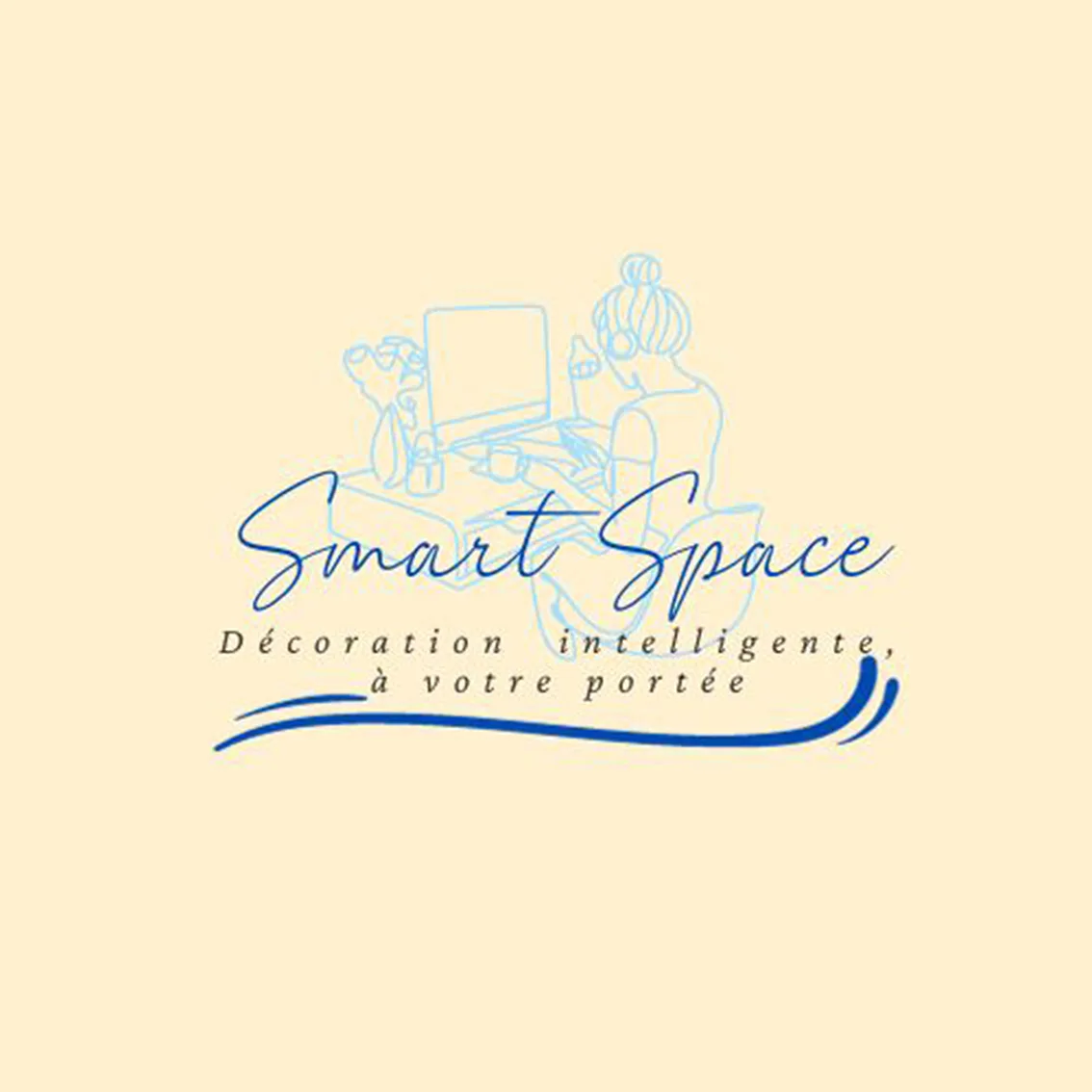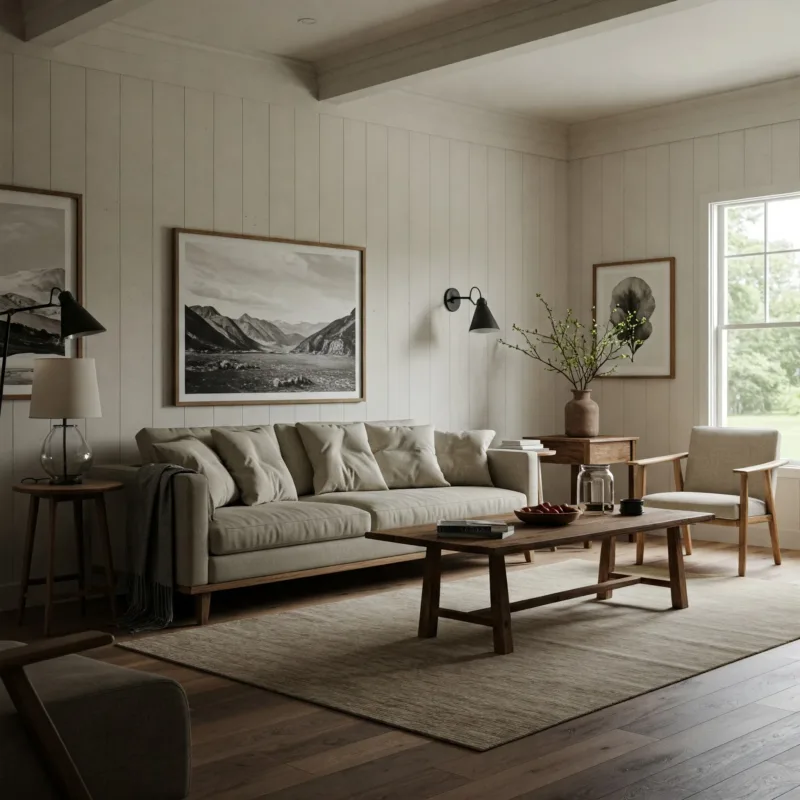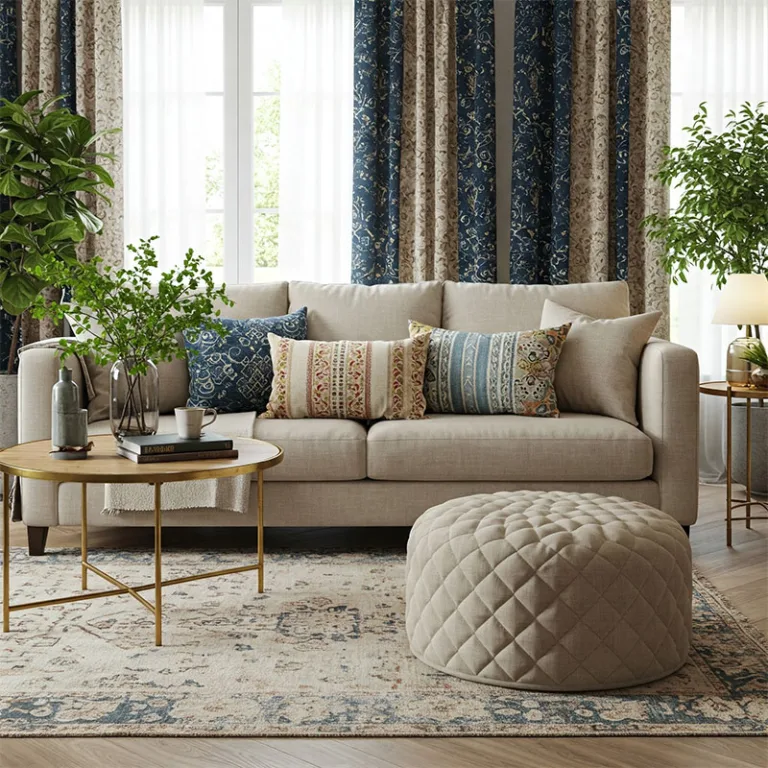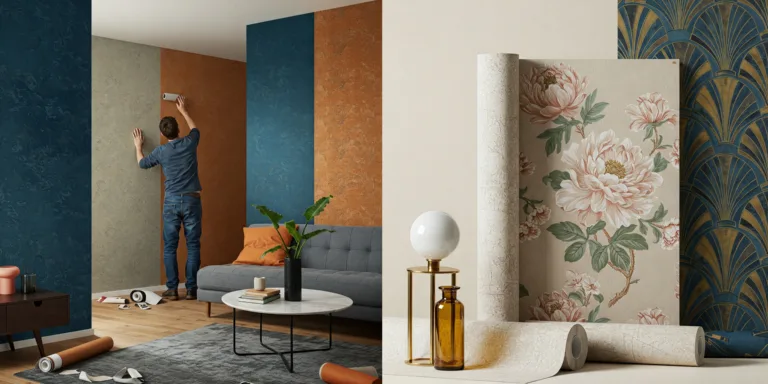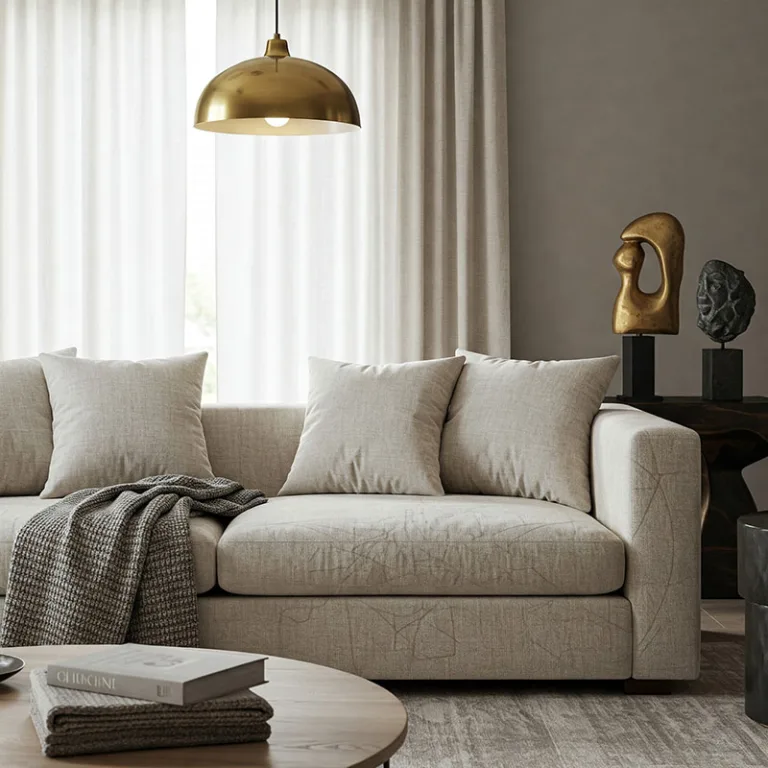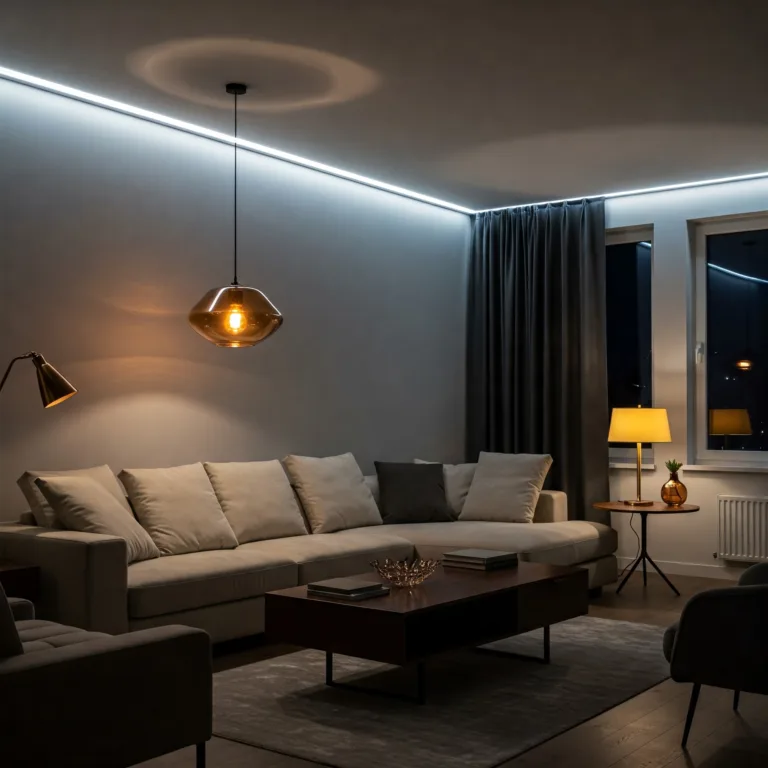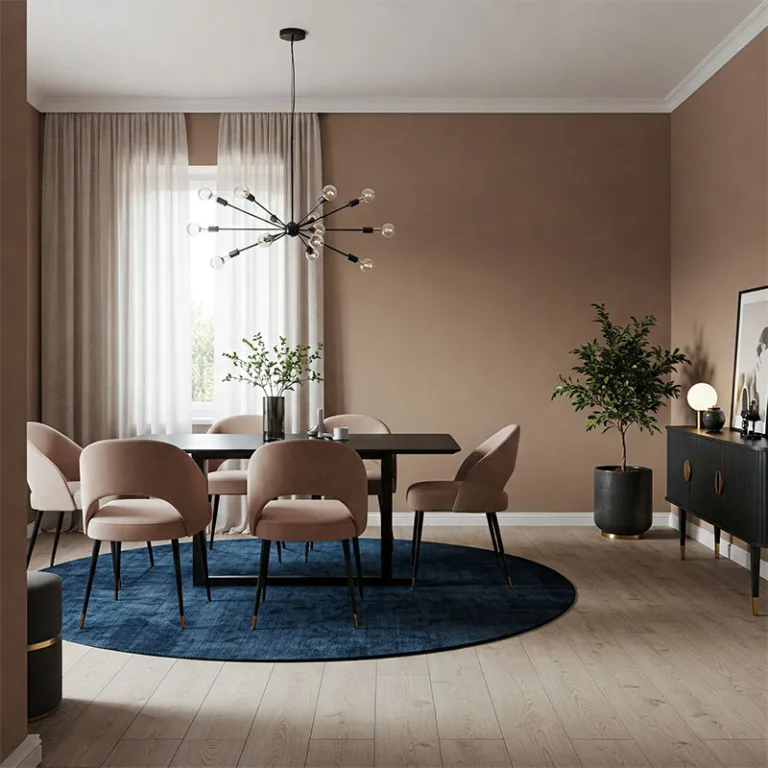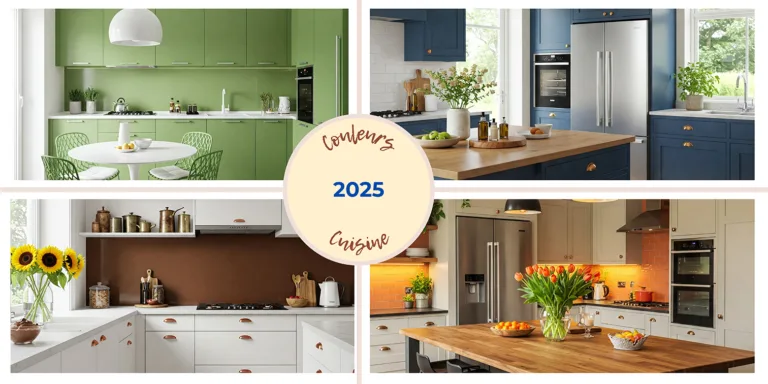Interior Design Decor Styles 2025: Shaping American Homes
The world of interior design is always evolving, influenced by cultural shifts, technological advancements, and a growing emphasis on sustainability. For homeowners and professionals alike, staying ahead of these trends is crucial. In 2025, American homes will embrace rich colors, natural materials, and cutting-edge technology, all while prioritizing eco-conscious choices. Let’s explore the key elements of interior design decor styles.
Table of Contents
Color Palette: Setting the Mood
Color profoundly impacts the ambiance of any space, influencing emotions and setting the overall tone of a home. In 2025, we will see a harmonious blend of warm, grounding hues and refreshing nature-inspired tones. Interior designers are focusing on color psychology more than ever, ensuring that chosen palettes enhance comfort, productivity, and relaxation.
Chocolate Brown: The Reigning Champion
Chocolate brown is emerging as the dominant color for 2025. According to Surveys, 32% of designers favor this rich and inviting hue. Its deep, earthy appeal offers warmth, making it a versatile choice for living rooms, bedrooms, and accent walls. This color brings a sense of sophistication and stability, ideal for creating a cozy and timeless interior. Paired with cream, beige, or even soft pastels, chocolate brown fosters an elegant and comforting atmosphere. It also works beautifully with wooden furniture, leather upholstery, and metallic accents like brass and gold.
Mocha Mousse: Pantone’s Delightful Choice
Pantone’s Color of the Year, Mocha Mousse, is set to make waves in interior design. This creamy, neutral shade provides a sense of comfort and indulgence, serving as a perfect backdrop for a variety of styles. Unlike stark white or traditional beige, Mocha Mousse adds a subtle richness to interiors, making rooms feel more inviting and sophisticated. This hue complements organic textures like linen and wool, creating a cozy, tactile environment. It also acts as a great base for layering bolder shades like deep reds, forest greens, and navy blues.
Here’s an example of how we used this color in our article about kitchen colors.
Dark Red and Light Blue: Rising Stars
Deep reds and light blues are gaining traction in American homes. The bold elegance of dark red adds sophistication, while light blue fosters serenity. When paired together, they create a striking yet balanced aesthetic. Dark red works well in dining rooms and living areas, encouraging warmth and conversation. Meanwhile, light blue evokes a calming atmosphere, perfect for bedrooms and home offices. Interior designers are also experimenting with these colors in unexpected ways, such as using burgundy cabinetry in kitchens or sky-blue tiles in bathrooms.
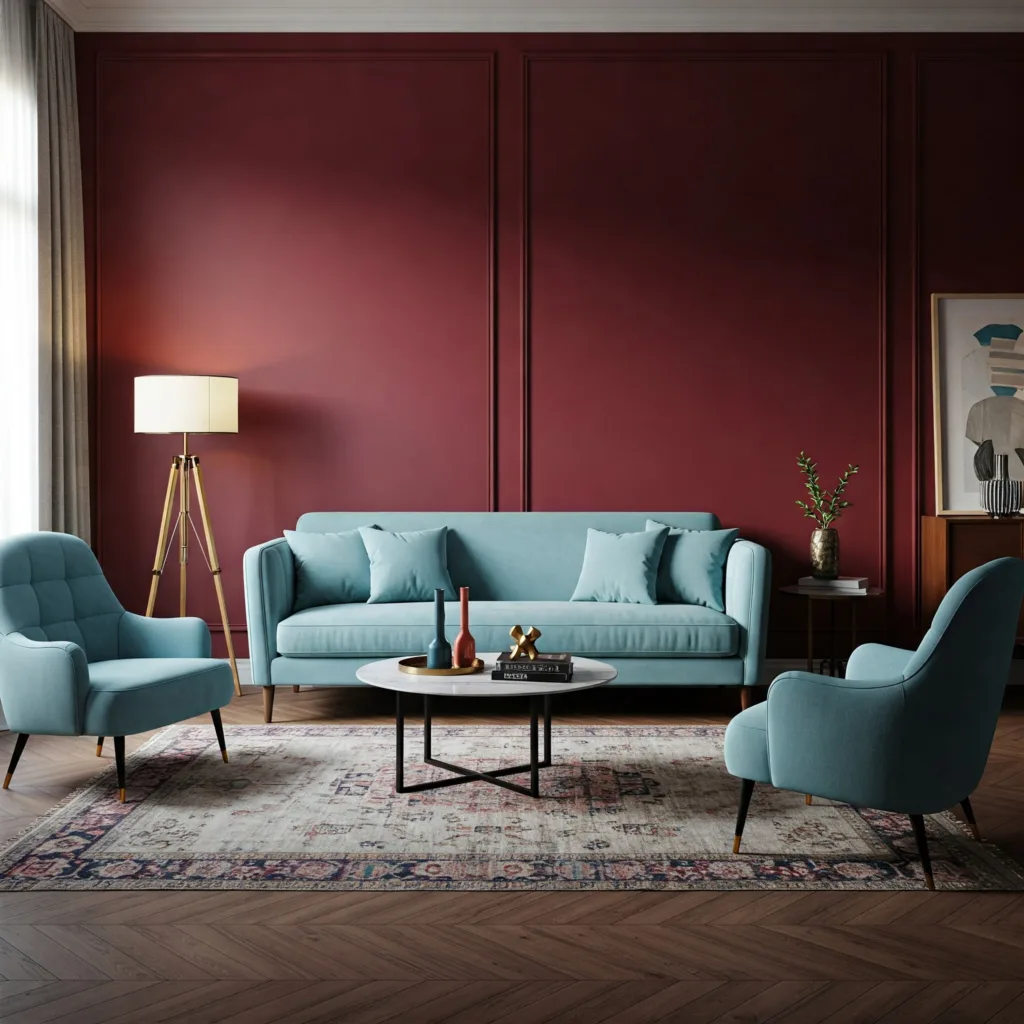
Sage Green and Jade: Nature’s Embrace
Biophilic influences continue to shape interior palettes, with sage green and jade leading the charge. These colors evoke tranquility and seamlessly integrate with natural materials like wood and stone. Sage green brings a muted, earthy feel to interiors, making spaces feel more connected to nature. Jade, with its deeper and richer tone, adds a touch of luxury and drama. These shades work well for walls, furniture, and accessories, providing a sense of balance and renewal. Expect to see green velvet sofas, leafy-patterned wallpapers, and potted plants enhancing indoor spaces.
Dusty Blue: Curated and Personal
Dusty blue is another standout shade, favored for its soft, timeless appeal. It is expected to be a key component in personal, curated spaces that prioritize a sense of calm and sophistication. Unlike traditional navy, dusty blue offers a more relaxed and versatile alternative. It pairs beautifully with warm neutrals, gold accents, and rustic wood elements, making it a go-to choice for modern farmhouse and coastal aesthetics.
Materials and Design Elements: Shaping the Space
Another part of interior design decor styles, that’s on the rise in 2025. It’s all about the materials and design elements. We’re going to focus on sustainability, texture, and functionality. These choices define the character and purpose of a home, influencing both aesthetics and practicality. Designers are opting for high-quality, durable materials that withstand time and reduce environmental impact.
Natural and Sustainable Materials: Eco-Conscious Choices
Sustainability is now a top priority. Materials like bamboo, reclaimed wood, and natural stone are favored for their durability and environmental benefits. These elements enhance both the aesthetic appeal and ecological responsibility of a space. Homeowners are increasingly choosing handmade, locally sourced materials to reduce their carbon footprint. Cork flooring, terracotta tiles, and clay-based paints are also gaining popularity, offering both functionality and an earthy aesthetic.
Textured Surfaces: Adding Depth and Interest
Interiors in 2025 will embrace texture in new and exciting ways. Wallpapered ceilings, wood paneling, and decorative plaster finishes will create depth and character, making spaces more visually engaging. Textured fabrics like boucle, velvet, and woven rattan are making their way into upholstery, curtains, and accent pieces. These details add a sensory element to interiors, making them feel more dynamic and inviting.
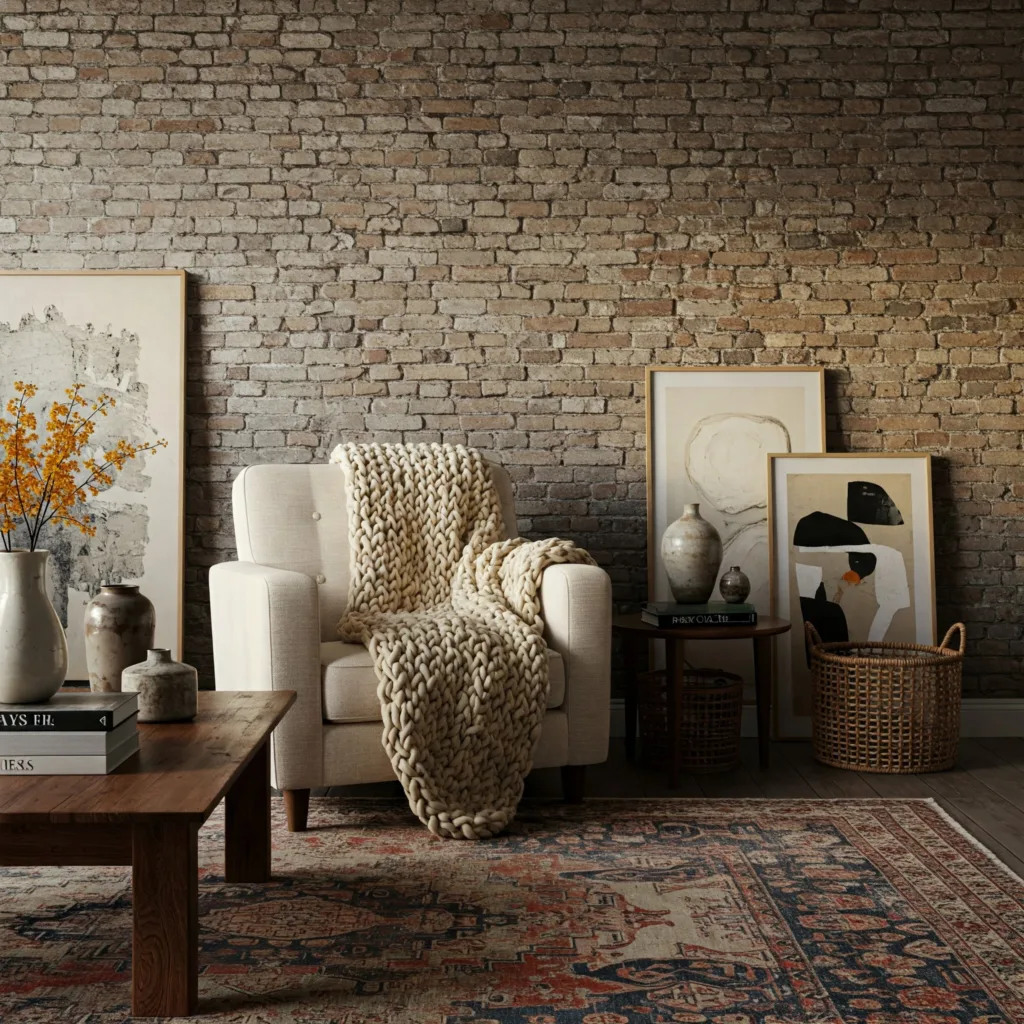
Biophilic Design: Bringing the Outdoors In
Larger windows, organic textures, and indoor gardens will continue to blur the lines between indoors and outdoors. This design philosophy not only enhances aesthetics but also promotes mental and physical well-being. Expect to see indoor water features, vertical gardens, and oversized potted plants becoming staples in American homes.
Sculptural Lighting: Art and Illumination
Lighting is evolving beyond functionality into a form of art. Statement fixtures, layered lighting, and sculptural designs will illuminate spaces while adding artistic dimension. Pendant lights with organic shapes, abstract chandeliers, and hand-blown glass fixtures are setting new standards in lighting design.
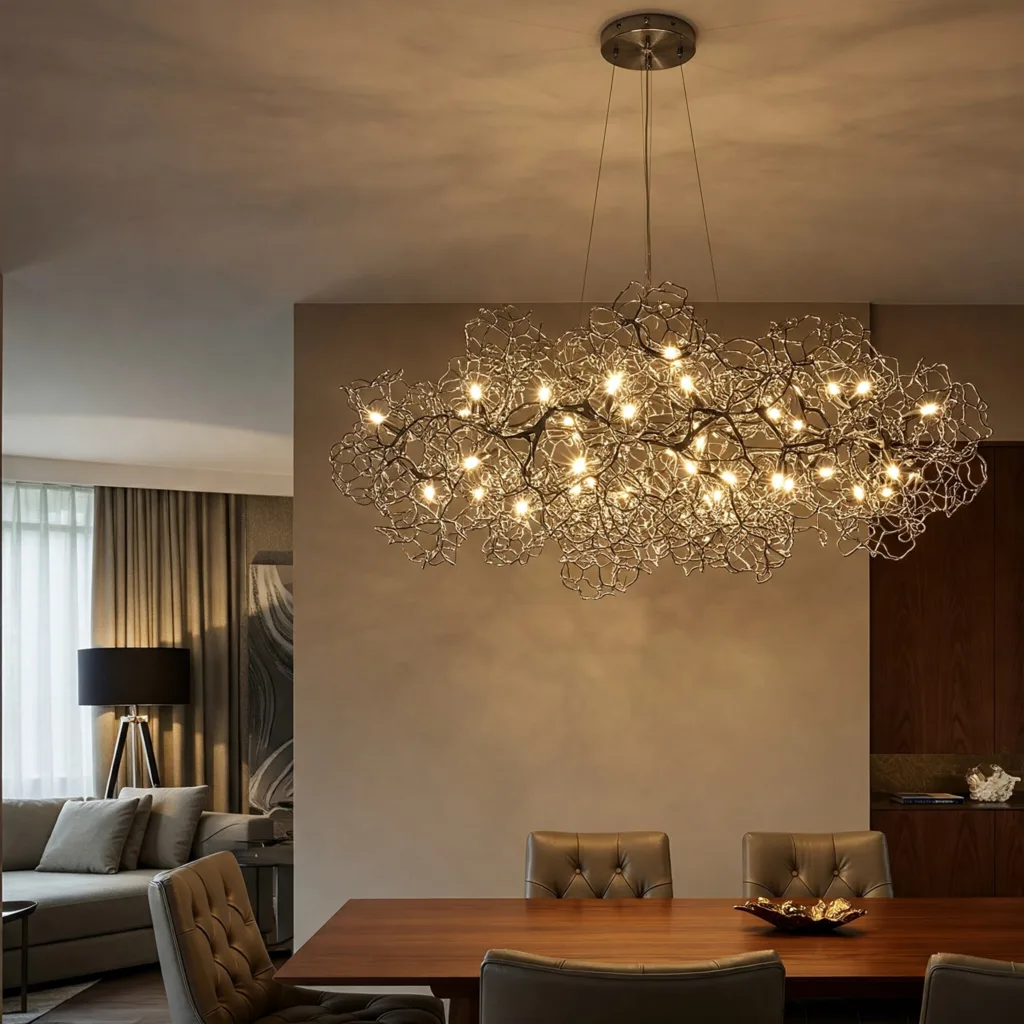
Check out our article for more info on lighting trends.
Pattern Drenching: Bold and Expressive
Bold prints and all-over patterns are making a comeback, allowing homeowners to express their personalities. Whether through wallpaper, textiles, or furniture, pattern drenching is an exciting trend that adds vibrancy to interiors. Expect to see maximalist floral prints, geometric designs, and intricate tapestries defining spaces.
Dramatic Drapery: A Touch of Luxury
Elaborate drapery, detailed craftsmanship, and high-quality fabrics are returning to homes. Luxurious window treatments will add elegance and a polished finish to interior spaces. Layered curtains, tassel trims, and rich textures like silk and velvet will create a sense of grandeur.
Sustainable and Eco-Friendly Trends: Responsible Design
Sustainability is more than a trend or one of the interior design decor styles, it is an essential aspect of modern design. Homes in 2025 will incorporate eco-conscious solutions that balance aesthetics with environmental responsibility.
Circular Design: Reduce, Reuse, Recycle
Furniture and decor are shifting towards circular design principles, meaning they are repurposed, repairable, or recyclable. This approach minimizes waste and extends the lifecycle of interior elements.
Minimalism with Functionality: Quality Over Quantity
Minimalism is evolving to emphasize purposeful living. Instead of focusing solely on aesthetics, homeowners are prioritizing high-quality, multifunctional pieces that stand the test of time.
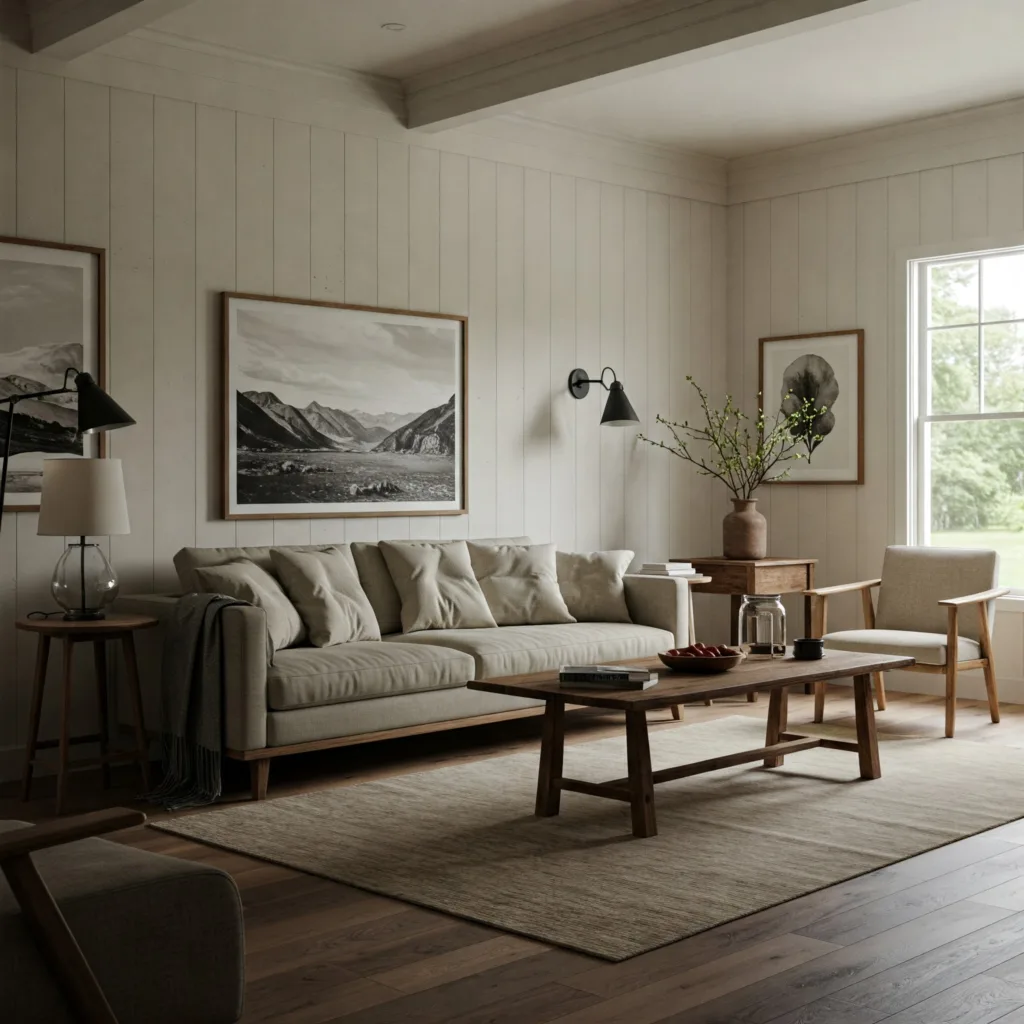
Vintage and Antique Pieces: Timeless Charm
Timeless interior design decor styles Incorporating vintage and antique furniture adds character and sustainability to spaces. From the Art Deco era to the 1990s, these pieces create a rich narrative within a home.
Energy-Efficient Solutions: Smart and Sustainable
Smart home technology is playing a major role in sustainability. Energy-efficient appliances, smart lighting, and automated climate control systems help reduce energy consumption while enhancing convenience.
The Last Word on interior design decor styles: Embracing Change
Interior design decor styles in 2025 is a constantly evolving landscape, driven by creativity, innovation, and a growing commitment to sustainability. Homeowners now have more opportunities than ever to personalize their spaces, blending bold colors, eco-friendly materials, and smart technology to craft interiors that are both stylish and functional. Whether it’s embracing rich, earthy tones, integrating energy-efficient solutions, or curating a mix of vintage and modern aesthetics, the key is to design a home that feels authentic and meaningful. Ultimately, interior design is not just about trends it’s about creating spaces that reflect individuality, enhance well-being, and stand the test of time.
By integrating these trends, homeowners can craft spaces that are not only beautiful but also functional, sustainable, and future-ready. The world of interior design is ever-evolving—embrace it and make your home a true reflection of your personality and lifestyle.
Make sure you’re following us on social media so you don’t miss any news.
